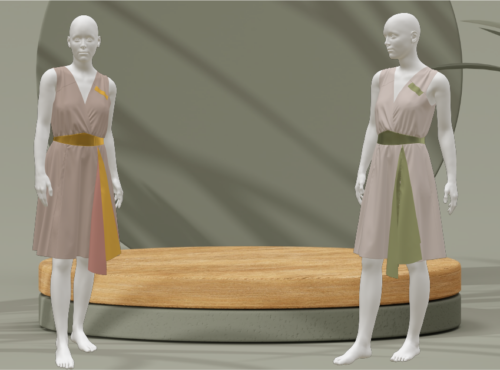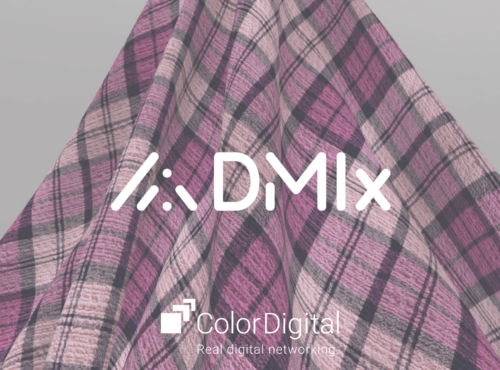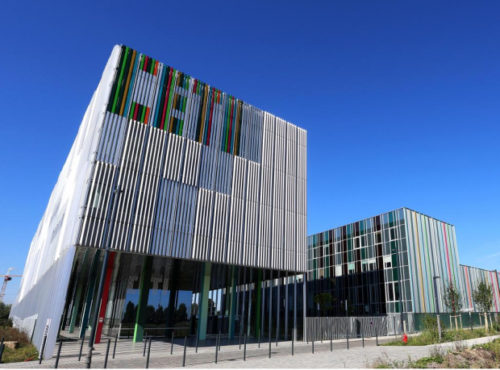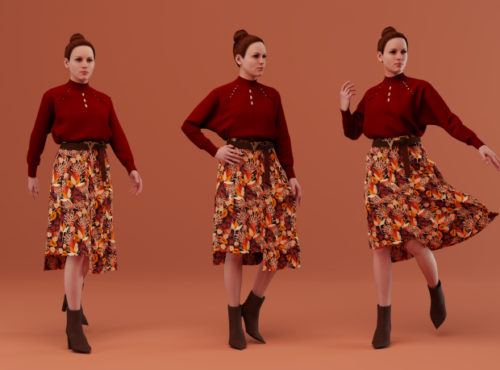 3D for a more sustainable fashion
3D for a more sustainable fashion
The new stakes for fashion brands?
06/04/2021 by Philippe BLANCHART
The current period is challenging the business models of retailers. If having an e-commerce site, proposing click and collect were yesterday optional, it now appears to be the minimum to propose to its customers. What are the new stakes for fashion brands?
For the past year, the fashion sector has had to reinvent itself as consumer behavior has evolved.
Are consumers going to the stores more or less?
Some data suggests that consumers are widely embracing omnichannel. Before the COVID-19 crisis, retailers’ revenues varied according to store traffic. Since the March 2020 containment, patterns are changing:
– From May to October (end of the first lockdown in France): the drop in the in-store traffic was 20% for an 8% decrease in sales only
– In December (end of the second lockdown): the store traffic decreased by 15% for a growth in turnover of business by 8%.
The lockdown’s end is not synonymous with a return to “the old word”. Consumers are abandoning the stores (for fear of the Covid-19 surely) and postpones his purchases more and more on e-commerce and uses the various associated services.
What does this men for fashion retailers ?
The fashion industry is facing huge stakes and investments:
– Develop digital sales channels and strengthen the supply chain,
– Create a web presence and federate a community around the brand,
-Modify deeply the product development cycle to improve margins and reduce time to market,
-Integrate CSR issues to which consumers are increasingly sensitive and align with new regulations,
This involves huge digitalization projects as Plm’s roll out to improve product’s development, digitizing collections with 3D, creation of traceability processes for materials and products, inventory unification, improvement of the e-commerce tools and crm…
What about the impact on the sector ?
Unfortunately, most companies in the fashion industry with little awareness of innovation or technology watch are not prepared for these changes.
Organizations are widely impacted by the implementation of new processes and more collaborative software solutions that change the working habits of teams and require the acquisition of new business skills.
Let’s take the example of 3D in product development:
-
The designer will interact directly with the model maker and consider material or assembly constraints at a very early stage.
-
On the other hand, the production technician must get used to manipulating the 3D model and make any corrections directly.
-
That means a global process shared by several jobs that were previously compartmentalized.
In addition to choosing the right tools and redefining processes correctly, special attention must be paid to training and change management to ensure the success of these strategic projects and obtain the expected returns on investment.
Some examples of success stories
DNVB (Digital Native Vertical Brand) such as Sézane, Veja or Le Slip français, which were born on internet, have adopted all the codes of digital communication and have created a real community of client ambassadors of the brand.
Other more historic brands such as PVH (Calvin Klein, Tommy Hilfiger) have been able to deploy 3D technology from stylistic creation to order taking in digital showrooms.
Finally, brands that put digital transformation at the heart of their strategy are the ones that are doing best and are continuing to grow.
Innovation no longer seems to be an option; it is becoming a key success factor.
06/04/2021 by Philippe BLANCHART




